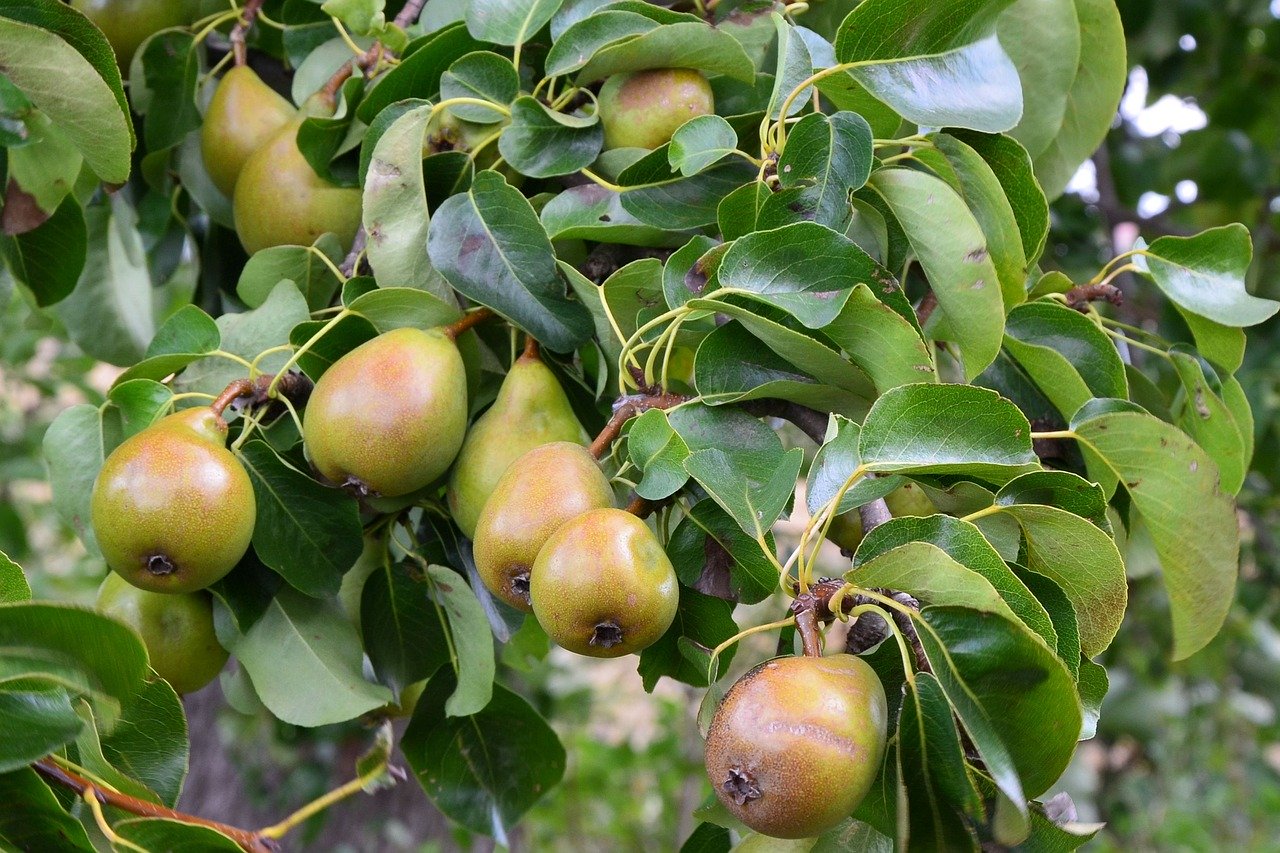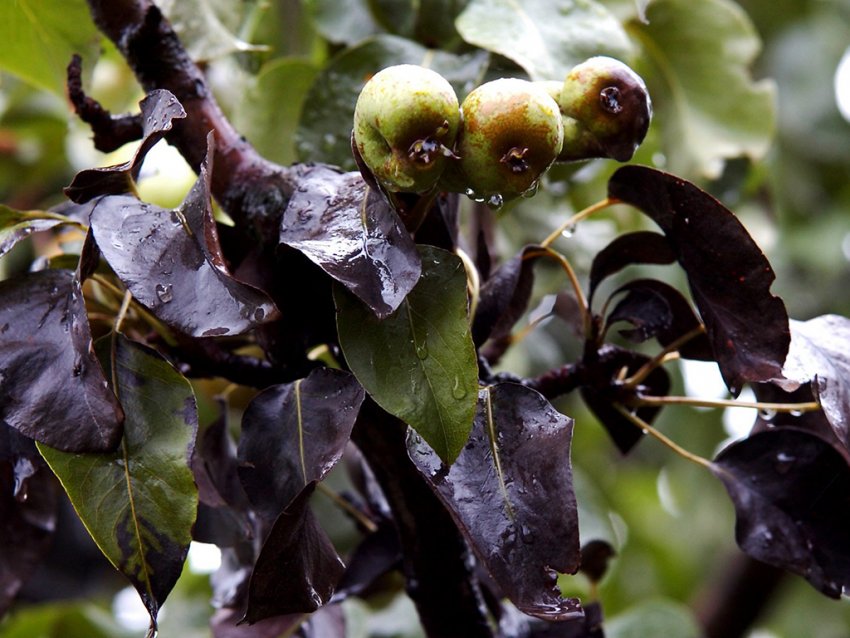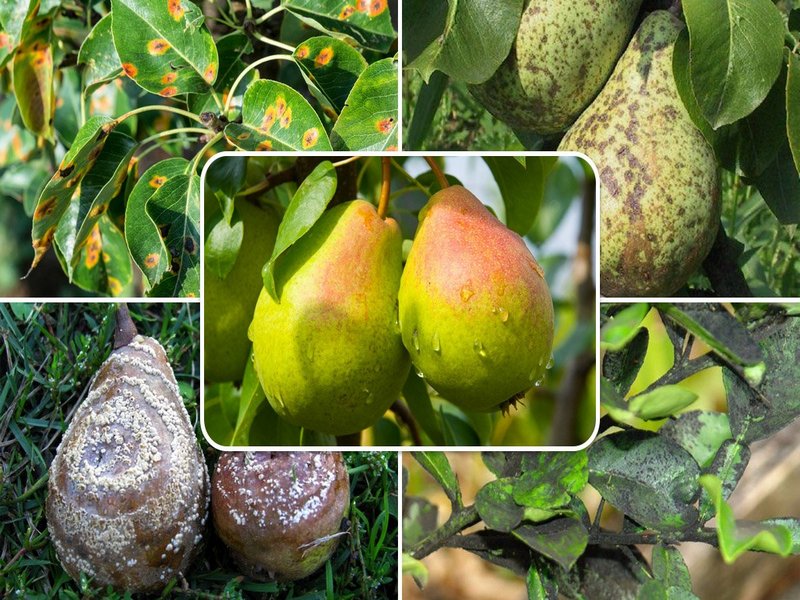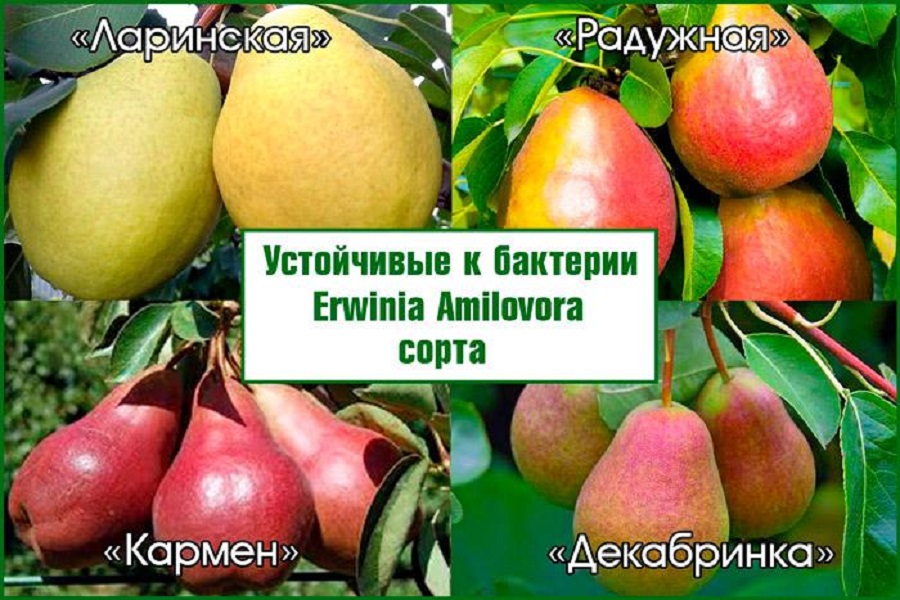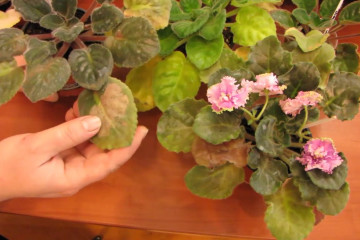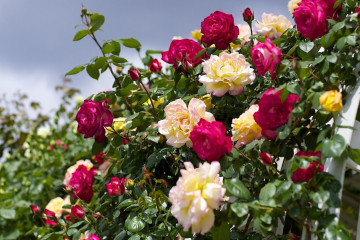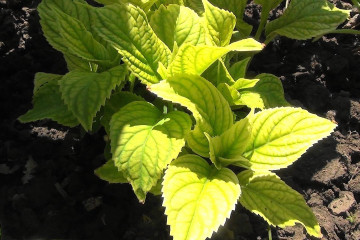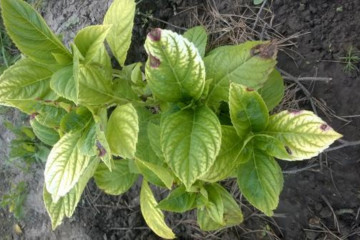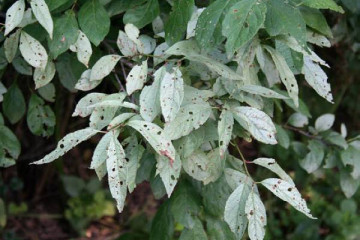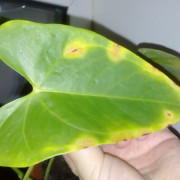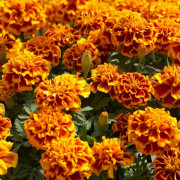Pear bacterial burn - how and what to treat in summer
Content:
If the branches of the fruit trees began to dry in the garden area and the foliage turned black, then the problem may be associated with the appearance of a bacterial burn. Pears are especially prone to infection. Measures must be taken immediately, as the infection tends to spread quickly and can infect the entire garden.
What is pear blight
Ognevitsa, as gardeners also call the disease, is very dangerous for horticultural crops. If you do not take timely measures, do not start treatment, the tree will die and this process will take no more than three years.
Fireweed damages all important parts of the plant, including:
- roots;
- flowers;
- ovaries;
- foliage.
As for the degree of danger, it will depend on the age of the plantings, their varietal variety, as well as the climatic conditions of the region where the crop is grown. Bacteriosis is especially dangerous for young seedlings.
General characteristics of the disease
Bacterial burn or ervinia is an infectious disease that affects fruit trees. The infected plant infects all garden plantings on the site at a rapid rate.
Ervinia penetrates the cambium through microcracks in the bark and starts the fission process. New bacteria rush into the vascular system of the tree, due to the secreted toxins, the immune system weakens.
Secondary infection begins with the arrival of spring. The germs wake up and get back to work. Actually, therefore, it is so important to process the tree in the fall, to remove the area from foliage, dry branches, in which bacteria prefer to winter.
What does a bacterial burn on a pear look like?
It is quite difficult to confuse firebrand with any other type of disease. The trees look charred, burns appear on the leaves of the pear, but the foliage does not fall off, but hangs on the branches.
Causative agent
The disease appears due to microscopic gram-negative bacteria Erwinia Amilovora. The infection instantly spreads through the tree. Interestingly, there is no need for controversy for reproduction, since the colony appears by division.
Enabling environment and enabling factors
The most favorable breeding environment for the pathogen is considered to be a humid climate with an elevated temperature.
Most often, Irwin's bacteria appear for the following reasons:
- the infection is brought by birds and insects, it is they who are considered the main vectors of the disease;
- the wind blows. Bacteria are able to create thin filaments with the help of which they are carried around the garden and vegetable garden in windy weather;
- the infection can be carried from tree to tree in raindrops;
- tools can act as a peddler if they cut off infected plants first, and then healthy ones.
Symptoms
The primary signs that a pear blight has appeared are black and fading leaves. There are other obvious symptoms:
- tree growth slows down;
- kidneys develop poorly;
- the presence of incompletely developed leaf plates;
- dry branches;
- unripe and blackened fruits.
Treatment methods
In fact, there are many methods of combating pear bacteriosis, but all of them will be effective only if the treatment is carried out in a timely manner. With a strong infection, it is worthwhile to act in a complex manner, this will increase the speed of plant recovery.
If a bacterial blight of a pear is found, then how to treat it depends on the degree of damage. At an early degree, a simple spraying with a gentle soap solution or iron sulfate will be sufficient. In a difficult situation, bacteriological chemicals will be needed.

An excellent effect is provided by medical compresses - the tissue is moistened in a solution of streptomycin, and wraps it around the trunk
Chemical method, efficacy assessment
If not much time has passed since the moment of infection, then you can use chemical agents in the form of fungicides. They have proven themselves well:
- "Albite".
- "Trichodermin".
- "Planzir".
Before proceeding with the procedure, you need to cut off all infected shoots, destroy them by burning.
Antibiotic use
One of the most effective methods used in the fight against firebrand is antibiotics. But the drugs must be alternated, otherwise the effectiveness is lost.
The best, according to summer residents, are the following medicines:
- Tetracycline is a cheap and affordable medicine that quickly and reliably destroys the enemy. For processing, you need three liters of water and two tablets.
- Gentamicin is a powerful antibiotic. To completely eliminate bacteriosis, one spraying is enough. It is enough to dilute one ampoule in a liter of water.
- Ofloxacin is used as a spray solution and as a medicated dressing. The drug has a harsh effect, so when preparing it, you must follow the instructions.
The use of other drugs
If the situation is neglected, then you can use the help of streptomycin. The solution is injected under the bark of a tree in the lesion.
Trichopolum provides a good result, the agent is used in the form of a solution (20 tablets per 10 liters of water), which is sprayed on all infected plants. The procedure is carried out every 10 days until the complete destruction of the pest.
Biological methods
There are a number of biologics available to help fight fireworm. Here is a description of some of them:
- Bionur is an excellent antidote that fights infection. In addition, trees that have undergone treatment are better able to withstand temperature swings, and frost cracks do not appear on them.
- "Gamair". The drug is used at an early stage of the disease with the primary symptoms of burns. Also, the tool is ideal for prevention.
- "Fitolavin" is a bactericidal preparation, on the basis of which a medicinal solution is prepared. In 10 liters of water, 20 mg of the agent is diluted. For each adult tree, from 2 to 5 liters of liquid is consumed.
The effectiveness of "Fitolavin" is explained by the fact that it destroys both bacteria and fungal infection in general. In addition, it is absolutely non-toxic, which means it is safe for humans.
Traditional methods
With the help of folk remedies, the plant can be cured only at an early stage of the disease. In other cases, they have only a development-retarding effect. The most common are recognized:
- boric acid;
- succinic acid;
- ash.
The components are diluted in water, which has stood for several days before, and then they are sprayed with the affected shrubs and trees.
New approaches in treatment
Experienced farmers have their own secrets to help deal with the problem. They use new generation drugs in combination with old proven means.
Summer residents speak well of a tool called Previkur Energy. A solution is prepared from it according to the instructions and used as an irrigation material. Substances in its composition help to increase immunity, and also block the development and spread of fungi and bacteria.
Preventive measures
Prevention should not be neglected. Correct agrotechnical measures will save plants not only from bacterial burns, but also from a number of other serious diseases. Works that are mandatory when growing pears:
- Clean up the territory, get rid of wild vegetation. Hawthorn is especially dangerous - it is the main source of infection.
- Avoid the appearance of pests in the form of gall mites, aphids. Most often, it is these insects that carry the infection.
- Spray the plantings with fungicides twice a season. This is especially important if your neighbors have infected trees.
- Strengthen the immunity of pears with drugs such as Silk, Narcissus. Strong plants are less prone to infection.
What you need to know when choosing seedlings
The disease can be brought to the site along with a newly acquired seedling, so it is best to buy planting material in nurseries. There, as a rule, already grafted and healthy trees are sold.
It is important to inspect the seedling well for signs of infection even before making a purchase. It should not have any damage, any wounds, rotten roots.
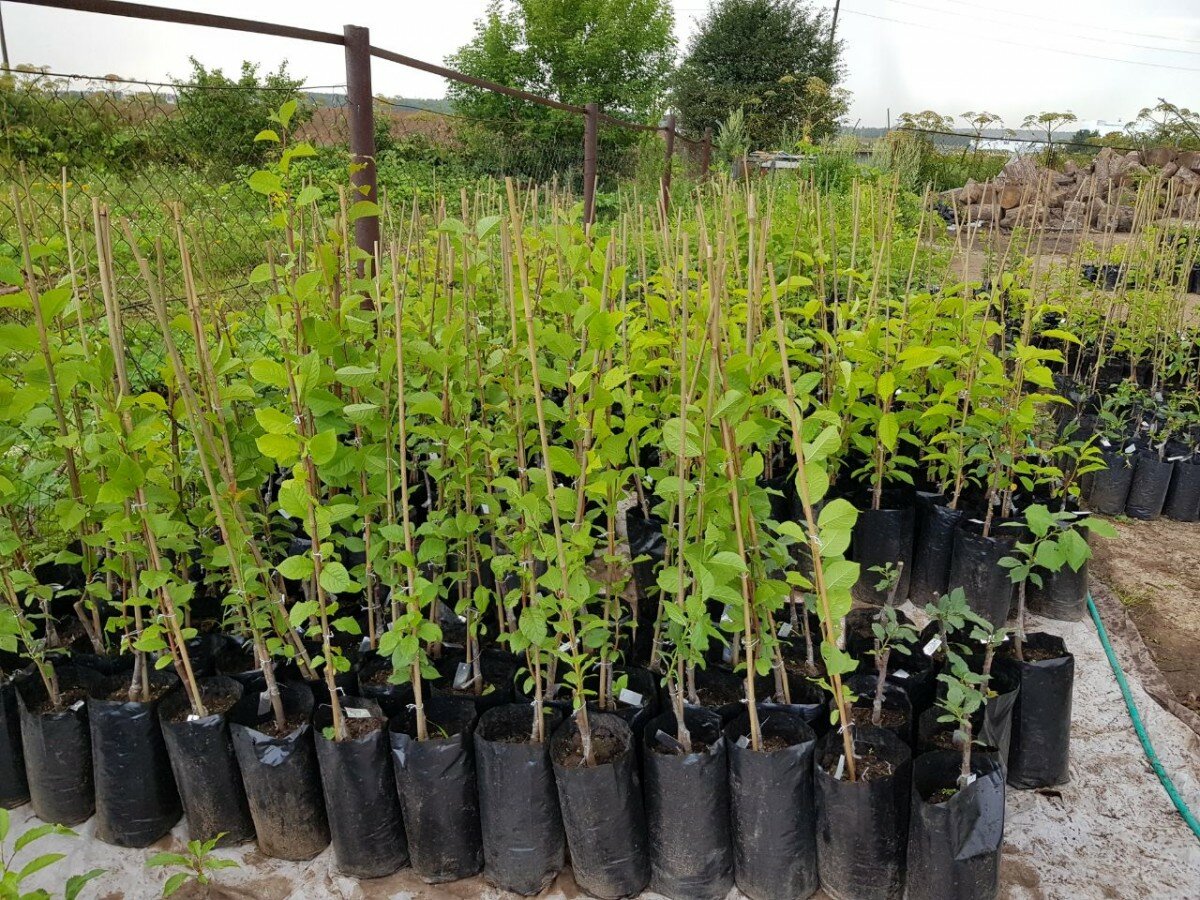
The seedlings should be free from damage, dry branches and leaves, rotten roots, as well as other symptoms of fireworm
Gardener activities in spring, summer and fall
With the onset of March, it is required to process pears, apple trees and other plantings with Bordeaux liquid. Also at this time of the year, sanitary pruning is carried out, after which the cut points and cracks with garden pitch are necessarily smeared.
In the middle of summer, plantings should be processed without fail. For this pore, antibiotics of systemic action are suitable. The use of "Fitolavin" will reduce the damage on young shoots by 80%.
Autumn is the time for pre-winter spraying with fungicides containing copper and zinc.
Resistant varieties
There are varietal representatives who have developed a kind of immunity to the development of a disease such as a bacterial burn. Summer residents should pay attention to the following varieties of pears:
- Dekabrinka.
- Uralochka.
- Carmen.
- Severyanka.
These species are famous for their tasty, large fruits and, as practice has shown, are least likely to be infected with fireworm.Also, these crops are worth looking at for those who have little agricultural experience.
It is necessary to periodically inspect the plantings on the site. Since the early detection of the disease significantly increases the chances of curing the tree. With any delay, the risk that he will not be saved increases.
